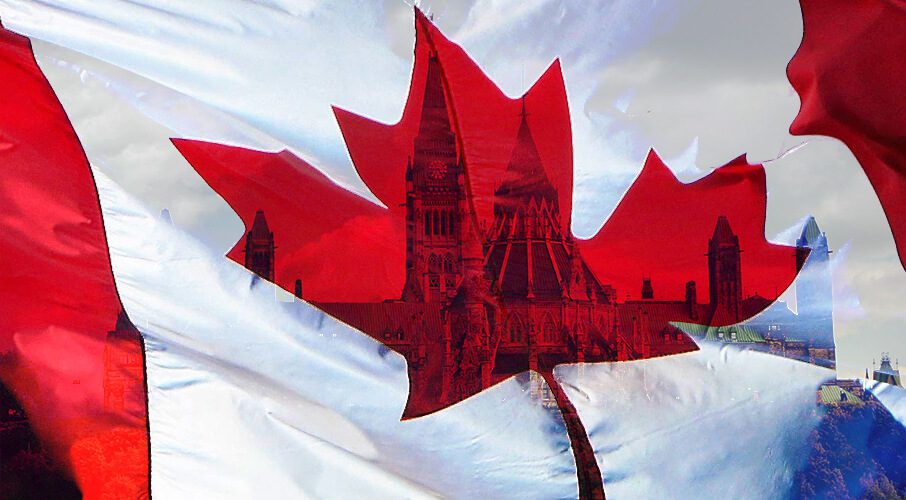
Canada’s encounters with Alberta or Western separatism reflect several truisms that can be learned from elsewhere, writes Jack Mintz in the National Post. Below is an excerpt of the article, which can be read in full here.
By Jack Mintz, September 21, 2020
In the case of Alberta’s conflict of claim, its ownership of natural resources has been a major point of contention for over a century. When Alberta and Saskatchewan were created as provinces in 1905 (as well as Manitoba in 1870), the federal government did not grant them ownership of public lands until 1930. After the oil price shocks of the 1970s, the Pierre Trudeau government established the National Energy Program in 1980 to subsidize a domestic oil price for consumers below the international price with an oil export tax largely collected from oil-producing provinces, only to be undone in 1986. The collapse of the commodity boom and the election of the Liberal government in 2015 led to a new round of regional tensions. Alberta and Saskatchewan were particularly upset with the Liberal government’s climate-inspired regulatory and tax policies that stalled oil and gas development.
Alberta has only 11 per cent of Canada’s population, but 16 per cent of Canada’s GDP and the highest per capita income of all the provinces. It has contributed fiscal transfers through the federal budget equal to $631 billion (in 2018 dollars) to the rest of Canada during the years 1961-2018, resulting in a 10 per cent effective tax on Albertan personal incomes. In 2020, every province is now paying fewer taxes than they are receiving in federal spending due to overwhelming federal deficit spending. However, the federal deficit is simply deferred taxes. Alberta will be picking up its outsized share in the future, if policies remain the same.
***TO READ THE FULL ARTICLE, VISIT THE NATIONAL POST HERE***




